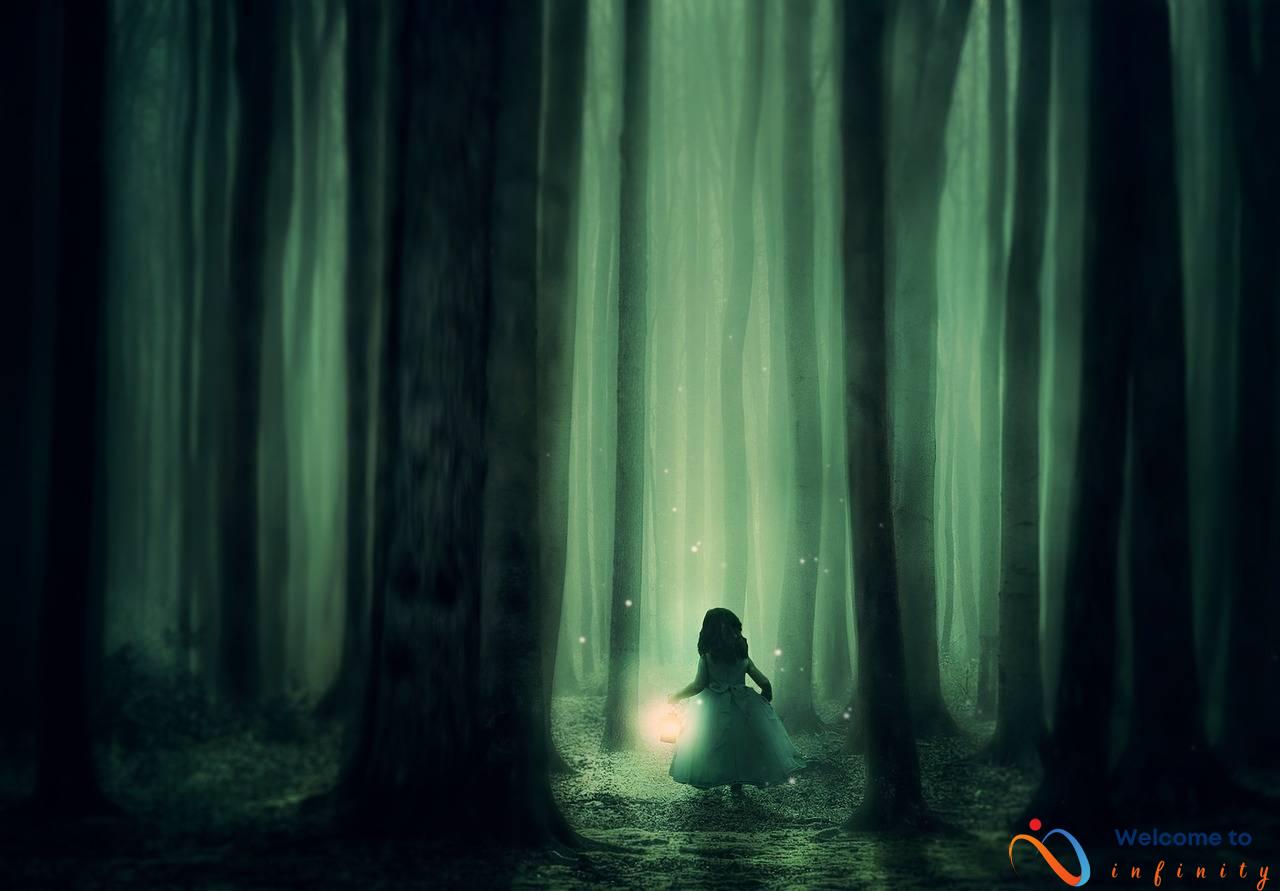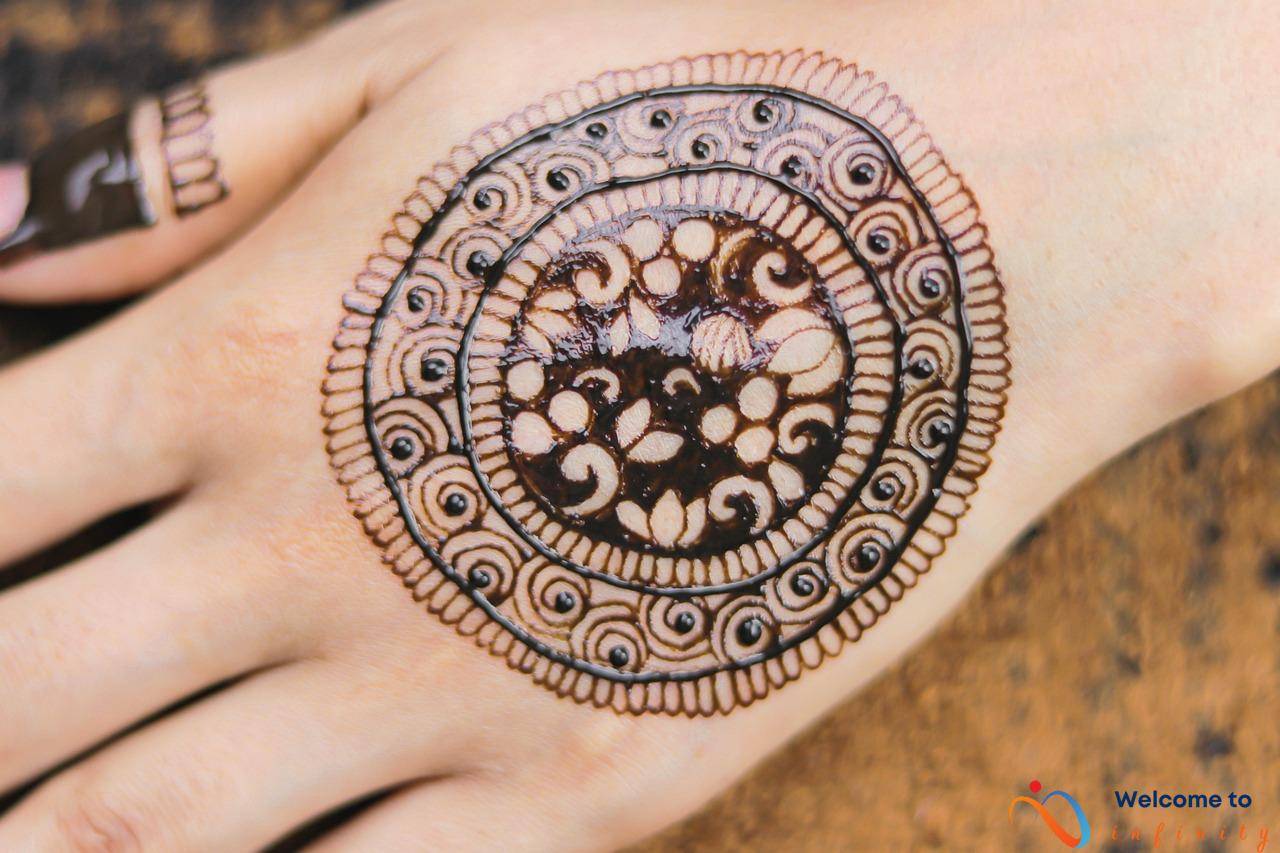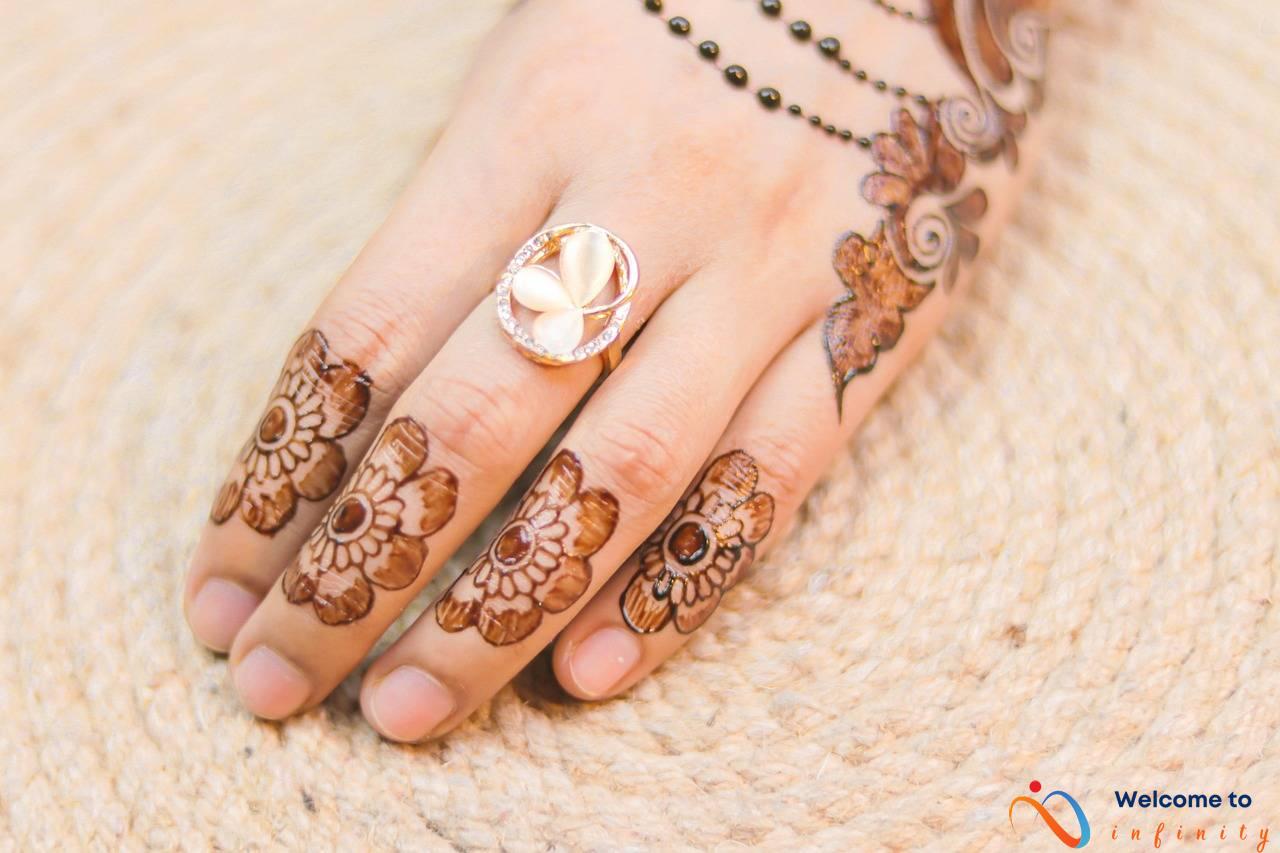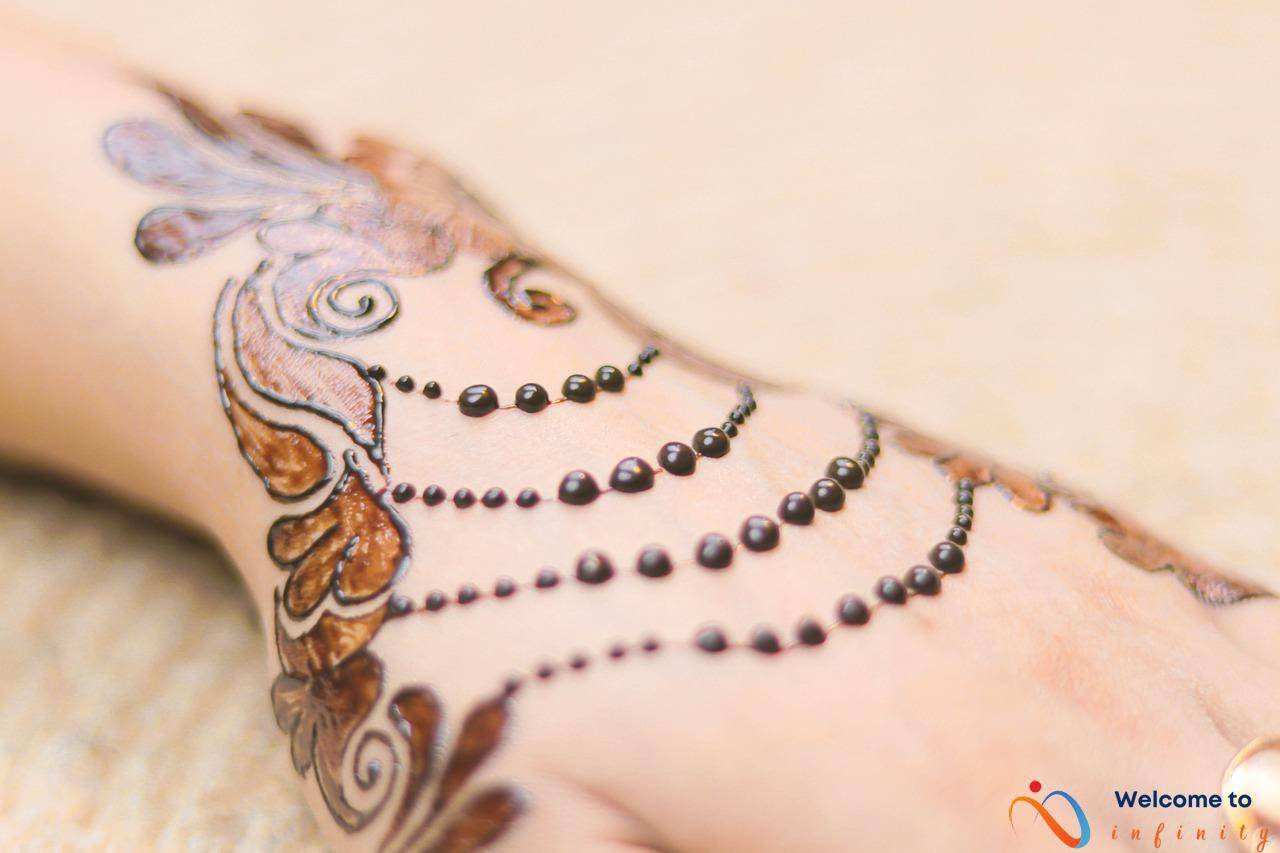Tattooing is an ancient art form that has been practiced for thousands of years across various cultures and civilizations. From decorative designs to spiritual significance, tattoos have held various meanings throughout history and continue to be a prevalent form of self-expression today.
The origins of tattooing can be traced back to ancient Egypt, where mummified bodies have been discovered with intricate tattoos. It was also a common practice in Polynesia, where tattoos held great cultural significance and were used to signify social status and bravery.
Over the years, tattooing has evolved and spread across cultures, becoming a popular form of personal expression for people all around the world. Today, tattoos come in different styles and techniques, ranging from traditional hand-poking to modern electric needle machines.
- Blackwork – uses black ink to create bold, graphic designs
- Realism – a style that aims to recreate realistic images
- Neo-traditional – a modern take on the traditional style with bright colors and bold lines
Tattoos can also hold significant meaning for the wearer and their community. In some cultures, tattoos are used to indicate membership in a certain group or tribe, while in others, they are used as a way to express personal identity and individuality. The tattooing culture has become a way for people to connect and form communities based on shared interests and experiences.
As tattooing continues to evolve, it is important to consider the ethical implications involved, such as informed consent and cultural appropriation. Overall, the art of tattooing remains a journey into body ink, an exploration of history, culture, and personal expression that continues to captivate and inspire people around the world.
The History of Tattooing
The history of tattooing can be traced back to ancient civilizations such as Egypt, where mummies have been found with tattoos. Similarly, tattooed bodies have been discovered in regions of China and Japan from the same era. In Polynesia, tattoos were used to signify social status, with intricate designs covering entire bodies.
In the Western world, tattooing was popularized by sailors who would get tattoos as mementos of their travels. During World War II, tattoos became synonymous with military service as soldiers would get tattoos as reminders of their experiences, and to honor fallen comrades.
Throughout history, tattooing has been an art form and cultural tradition. In some cultures, tattoos are believed to have protective powers or spiritual significance. In others, tattoos are used to signify membership in certain groups or to identify a person's profession.
- The evolution of tattooing has been a gradual process, with modern technology allowing for greater precision and a larger range of colors and styles.
- Today, tattoos are more widely accepted in society and have become a popular form of self-expression.
- Despite its growing popularity, tattooing remains a symbol of rebellion and counterculture for some.
Ultimately, the history of tattooing is a rich and complex tapestry of cultural tradition, artistic expression, and individual identity.









